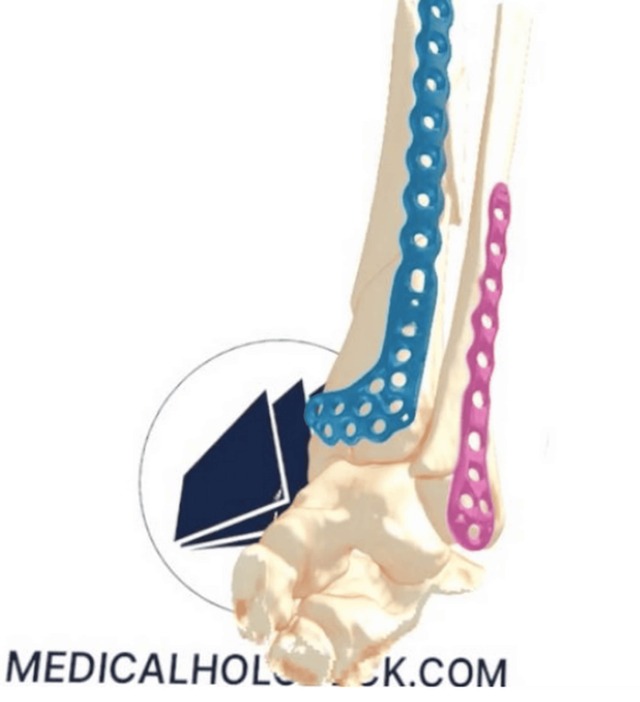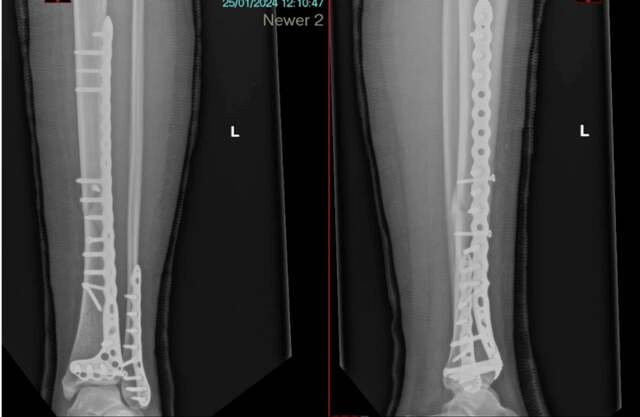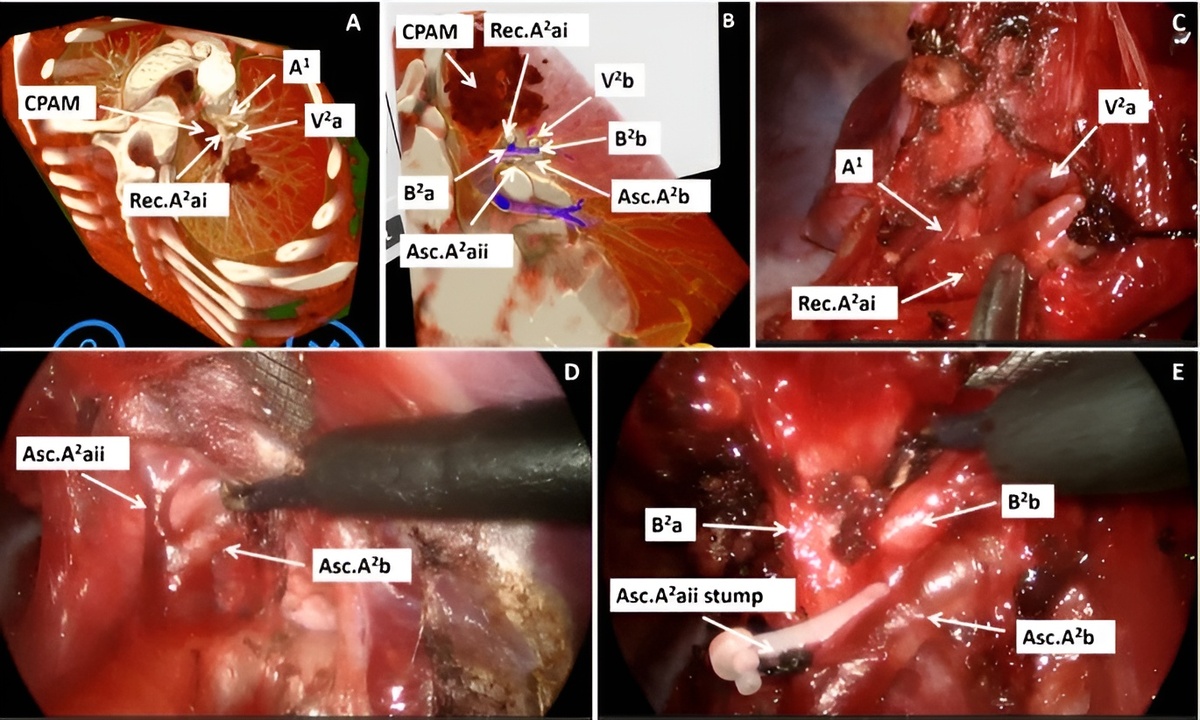VR-based orthopaedic trauma
planning in clinical practice
Virtual reality offers new opportunities in orthopaedic trauma care, enabling surgeons to explore fractures and plan implants in 3D. NHS Greater Glasgow implemented a VR system using Medical Imaging XR by Medicalholodeck, integrating patient CT scans and virtual implant models to assess its feasibility and benefits for trauma planning.
Waugh D, Bhattacharyya R, Bailey O, et al. (August 28, 2025) Utilising a Novel Virtual Reality System for Orthopaedic Pre-operative Trauma Planning. Cureus 17(8): e91198.
https://doi.org/10.7759/cureus.91198
Challenges in bone fracture care
Bone fractures pose major challenges for healthcare systems, as complex cases often result in technical errors and reoperations. Conventional 2D imaging limits spatial understanding and hinders accurate implant placement. Virtual reality enables immersive 3D visualization of patient-specific CT data, allowing surgeons to interact with both anatomy and implants in a shared virtual environment. Unlike conventional 3D displays, VR provides true depth perception and spatial interaction, improving anatomical understanding and implant planning accuracy.

Figure 1: MPR DICOM images of a tibial shaft fracture with a posterior malleolus fragment.
Creating the immersive environment
Patient CT scans were obtained in DICOM format and reviewed using standard hospital imaging software, then imported into Medical Imaging XR by Medicalholodeck. Orthopaedic implant models in STL format were provided by the manufacturer. These files capture detailed 3D surface geometry commonly used for orthopaedic modeling and implant design.
The system ran on an upgraded NHS desktop computer connected to a Meta Quest 2 VR headset. Surgeons could interact with patient-specific anatomy and implant models in real time to assess fracture patterns and optimize implant placement.

Figure 2: The CT image in DICOM file format from Figure 1 has been imported to MedicalHolodeck™ for visualisation and manipulation in VR.
Enhancing preoperative orthopedic planning
The VR system used by NHS Glasgow enabled 3D visualization of patient-specific CT data with orthopaedic implants, demonstrating proof of concept for preoperative trauma planning using routine imaging and implant files.
Using widely available hardware and Medicalholodeck’s educational software, the system supports local surgical planning and execution, showing potential to enhance fracture understanding, surgical accuracy, and patient outcomes.

Figure 3: The patient-specific DICOM file from Figure 2 can be manipulated separately from .STL implant files, allowing for independent pre-operative templating and surgical planning.
VR enhanced surgery: towards better trauma planning
This proof-of-concept study shows that an affordable, high-quality VR system can combine patient imaging with implant models for 3D trauma visualization and planning. By improving preoperative assessment, such systems may reduce implant errors, increase surgical accuracy, and support better outcomes in complex orthopaedic trauma care.
Medicalholodeck’s educational software could open new possibilities for preoperative planning, helping surgeons better understand the complexity of each patient case and streamline the surgical process. While this report describes a single case, it highlights the potential for broader applications in the future.

Figure 4: Final post-operative images following pre-operative VR templating, undertaken in Figure 3.
Check this out with Medicalholodeck
Medical Imaging XR allows clinicians to visualize and assess patient data in an immersive spatial environment. Users can interact with patient-specific 3D models in real time, improving anatomical understanding, diagnostic confidence, and the quality of surgical planning.
Medicalholodeck connects securely to hospital systems, offering PACS integration, HIPAA-compliant data handling, and full patient data protection. It runs on VR headsets, PCs, iPads, and iPhones, making it suitable for hospitals, classrooms, and training facilities.
Advanced surgical planning functions are available in Medical Imaging XR PRO FDA.
At present, Medicalholodeck is available for educational use only. The platform is in FDA and CE certification, and we expect Medical Imaging XR PRO FDA to enter the U.S. and EU markets soon.
For updates, regulatory information, availability, or questions contact
info@medicalholodeck.com
November 2025







